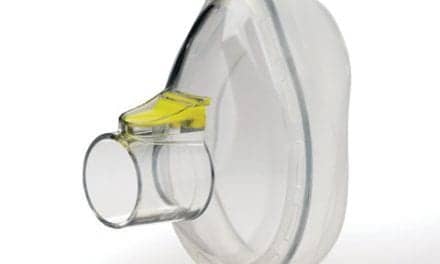Exposure to dog-associated household dust results in protection against airway allergen challenge and a distinct gastrointestinal microbiome composition, according to research published in the Proceedings of the National Academy of Sciences. This research supports findings from a separate study that revealed infants living in homes with dogs are less likely to develop childhood allergies.
Using murine models, investigators found that subjects exposed to dog-associated house dust were protected against ovalbumin or cockroach allergen-mediated airway pathology. These protected rodents exhibited significant reduction in the total number of airway T cells, down-regulation of Th2-related airway responses, as well as mucin secretion.
When mice were exposed to the dog-associated dust, the team identified changes in the composition of the mouse gut microbiome. Specifically, the animals’ lower intestines contained high levels of the bacterium Lactobacillus johnsonii. Feeding mice live L. johnsonii reduced inflammation triggered by cockroach allergen or infection with respiratory syncytial virus, two risk factors for childhood asthma.
The team believes these findings suggest potential new strategies to prevent and treat certain allergic diseases and lung infections.









